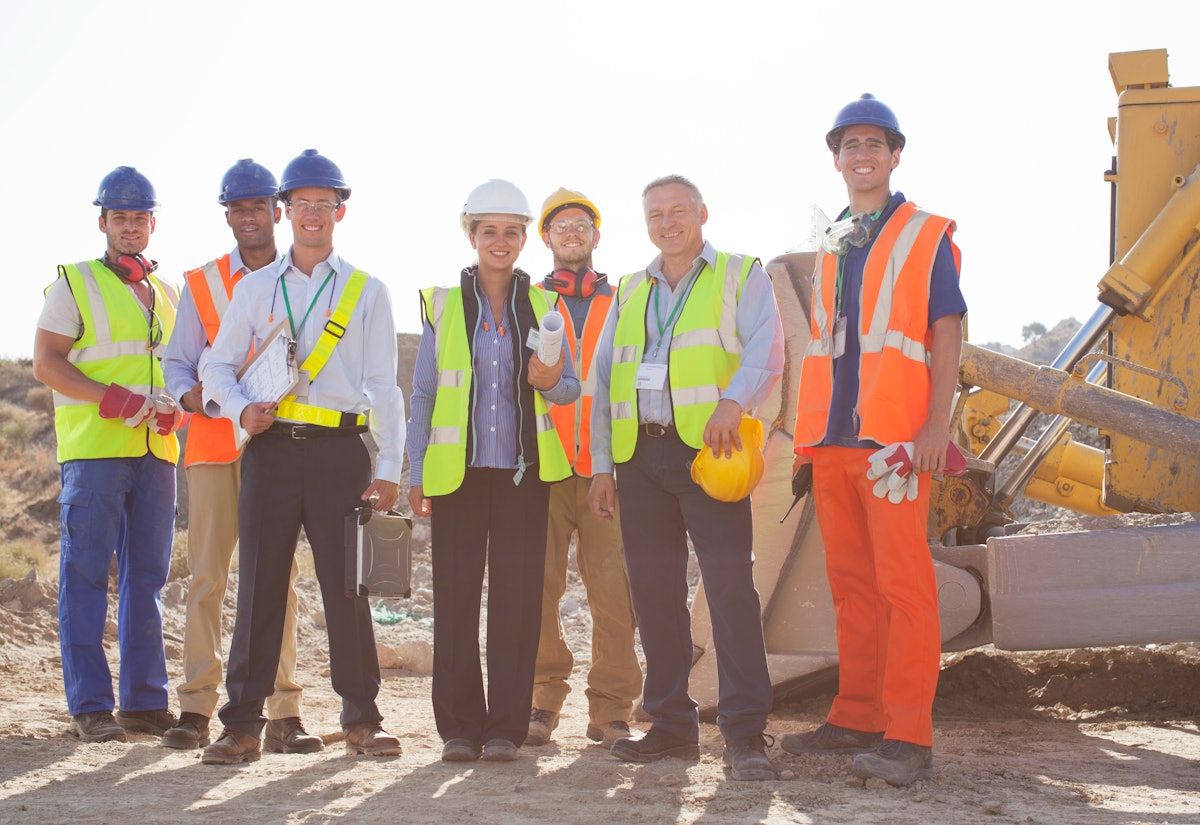The construction industry is at a tipping point. With seasoned workers aging out and too few young professionals stepping in, the labor shortage has gone from a looming issue to a full-blown crisis. According to the National Center for Construction Education and Research, 41% of the current construction workforce is expected to retire by 2031. Meanwhile, demand for construction labor is surging — with the National Association of Home Builders estimating that 723,000 new hires are needed annually just to keep up.
That’s a big gap to fill.
“Not enough Gen Z workers are entering the blue-collar trades, and while we saw some improvement in 2020, that progress plateaued,” says Kit Dickinson, Executive at ADP. “In May 2020, workers aged 20-24 made up 19.4% of the blue-collar workforce. By April 2024, that number dropped to 18.4%.”
So how can construction companies renew their recruiting edge and build a sustainable talent pipeline?
Step 1: Meet Young Talent Where They Are
It starts with modern communication. Today’s job seekers live on social media, and if your company isn’t there with them, you’re invisible. “Short-form, mobile-friendly video content is the way to go,” Dickinson says. “Show them what construction really looks like — highlight the purpose-driven work, the camaraderie on the jobsite, the satisfaction of seeing a project come to life.”
This isn’t just about cool drone shots. It’s about challenging outdated perceptions. “Many young people — and their parents — still think construction is only about swinging a hammer,” Dickinson says. “But there are drone pilots, AI specialists, HR pros and digital project designers in the field now. It’s a tech-forward industry with lots of career paths.”
Step 2: Prioritize Technology and Flexibility
This generation grew up with smartphones and self-service everything. Your HR systems should reflect that.
“Technology isn’t a ‘nice to have’ anymore. It’s table stakes,” says Dickinson. “Your onboarding, payroll, scheduling and benefits need to be digital and mobile-friendly. If your company doesn’t offer that seamless experience, it could be a dealbreaker.”
Flexibility is also a major factor. While a construction site may not be remote-work friendly, companies can still offer options — like online training, autonomous task management or staggered shift starts. “Even small changes can go a long way in appealing to a generation shaped by the pandemic,” Dickinson adds.
Step 3: Reach the Gatekeepers
Recruiting isn’t just about the graduate — it’s about influencing the people around them. Parents, guardians, and educators still play a major role in shaping career choices. “Engage the gatekeepers,” Dickinson advises. “Use social media, attend career fairs and partner with schools to dispel myths about construction careers and highlight long-term growth potential.”
Step 4: Build Partnerships for the Long Haul
Trade schools, community colleges, universities, and apprenticeship programs are powerful allies. “Stay plugged into their recruiting calendars. Ask if they’ll reshare your content. Work together on skills development and promote your success stories,” Dickinson suggests. “When these institutions see your company as a great partner, they’ll refer their best students to you.”
Step 5: Offer Growth — Not Just a Job
According to ADP’s People at Work 2025 report, only 25% of North American construction workers feel confident they have the skills to advance in their careers. That’s a missed opportunity.
“Start with a skills inventory — know what your company needs and what your employees want to learn,” Dickinson says. “Then offer mobile-friendly training, mentorships and even stretch assignments to help younger workers grow.”
And don’t forget the power of peer learning. “Mentorship isn’t just about passing down job knowledge — it builds trust, improves team chemistry, and helps younger workers feel like they belong,” he adds.
Step 6: Rethink Leadership and Engagement
Engaged leaders build engaged teams. ADP’s Today at Work research shows that when a team leader is fully engaged, 65% of team members are too. When the leader isn’t? Less than 1% of the team is engaged.
That’s a wake-up call for field leadership. “Construction companies should invest in leadership training for foremen and crew chiefs,” Dickinson says. “Check in regularly, ask about career goals and create a feedback loop. The more you know your team, the more you can retain them.”
Step 7: Make HR Tech Your Strategic Advantage
If you’re not sure where to start, Dickinson recommends focusing on your HR tech stack. “Get a construction-specific HR solution that can handle recruiting, onboarding, compliance and workforce management. When your systems are strong, you’re freed up to focus on building your team.”
That also means access to data. “Compensation benchmarking tools can help ensure you’re offering competitive pay based on geography and role,” he says. “That’s critical in a hot labor market.”
Final Thought: Lead the Industry, Don’t Follow It
“This can’t just be a company-by-company effort,” Dickinson stresses. “Industry leaders and associations must collaborate — on content, on training, on strategy — to move the needle.”
Construction has a compelling story to tell. It’s an industry of impact, innovation, and upward mobility. But that message won’t carry itself. It’s up to leaders to push it forward, one video, one partnership, and one hire at a time.
View the original article and our Inspiration here


Leave a Reply